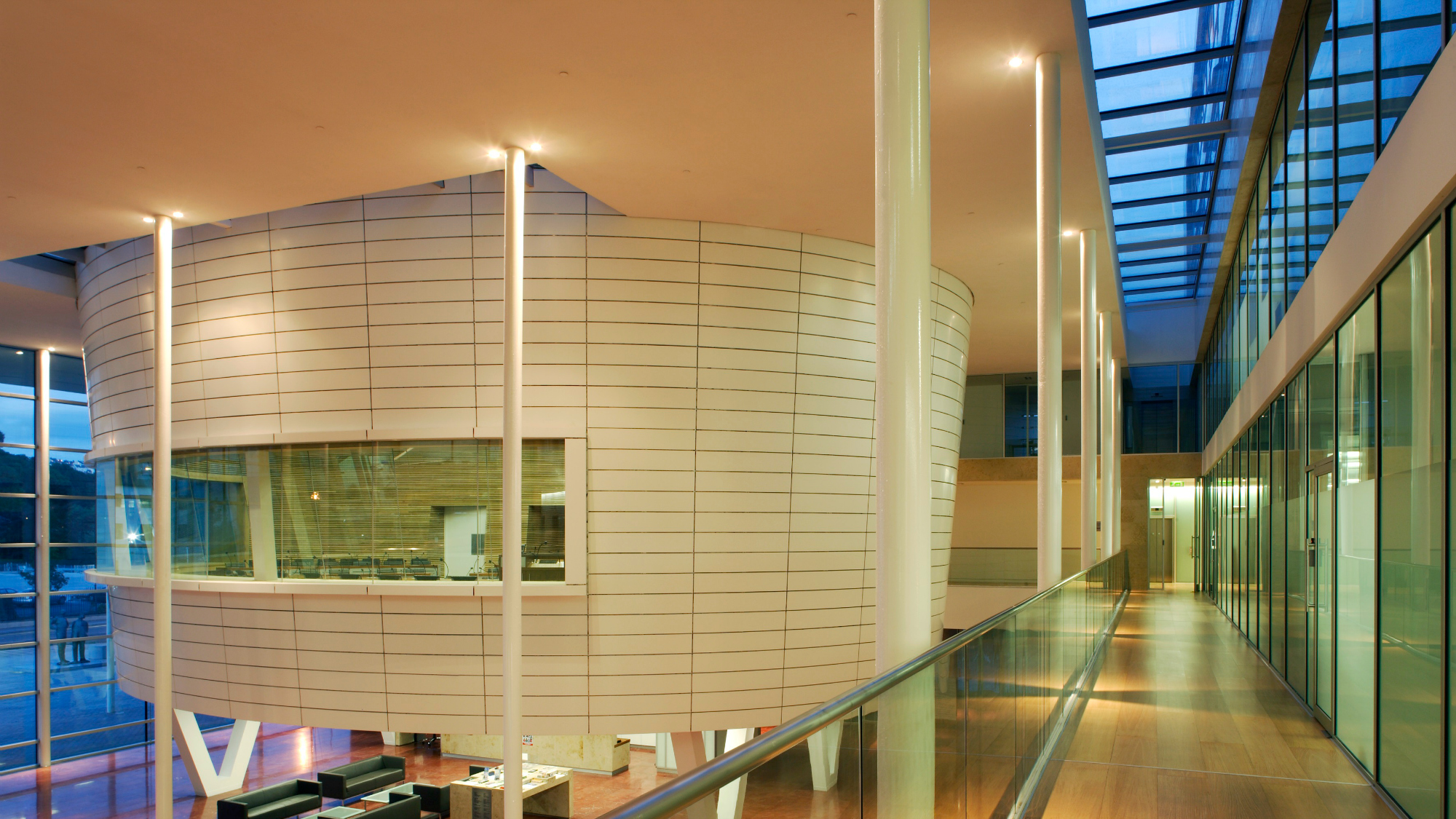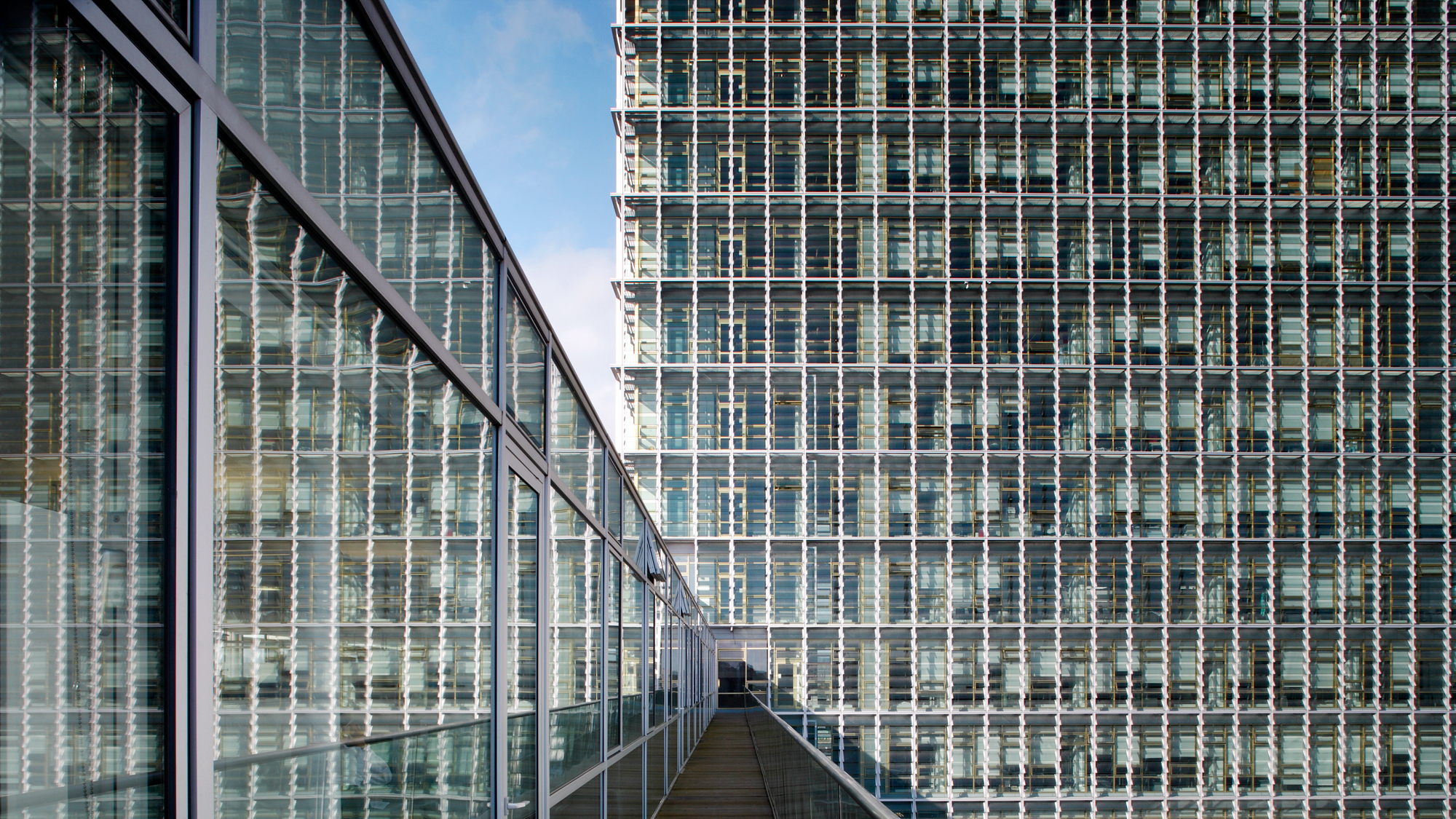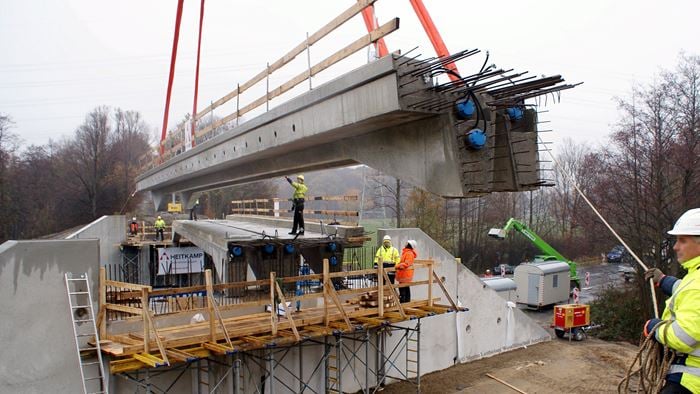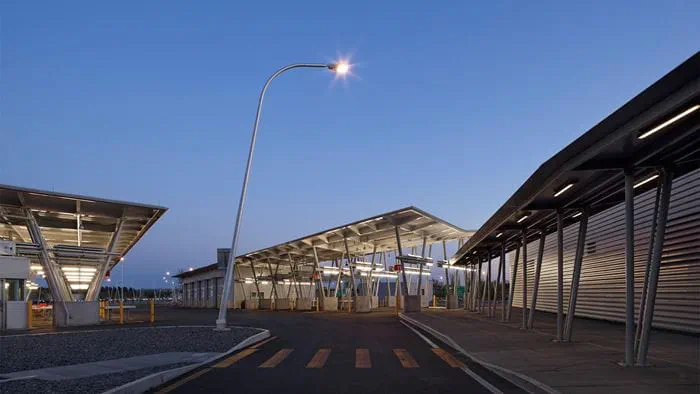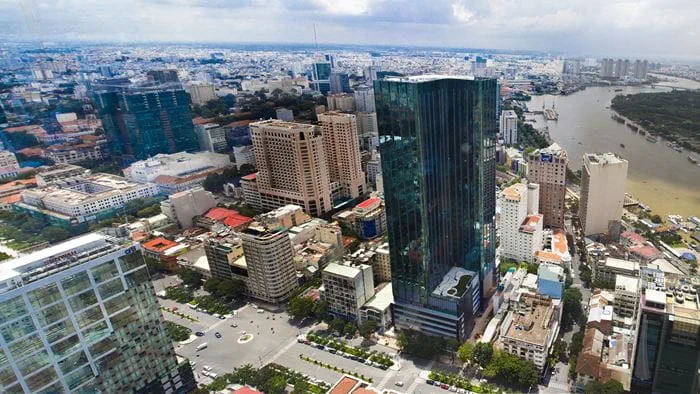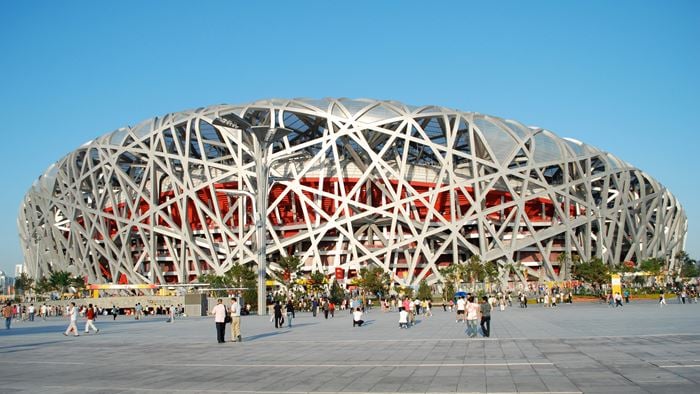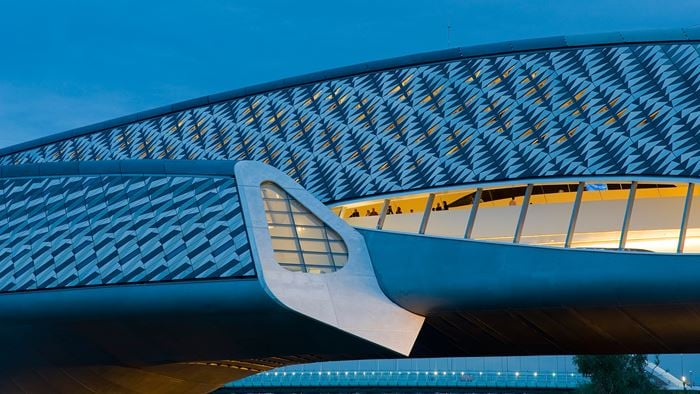Cork County Hall, the administrative headquarters for Cork County Council, was extended and refurbished to provide 15,000m² of offices, conference and chamber facilities.
The existing tower was re-clad with an active glazed louvre facade that responds to the local climate, ensuring optimum environmental conditions.
Arup assisted Cork County Council in the procurement of a facilities management contractor, managing to achieve savings of €70,000 per annum. 12,500 mechanical and electrical items were populated onto the Asset Register.
The building was also provided with state of the art high frequency lighting technology, fully automatic lighting control responding to occupant presence and day-lighting levels.
Project Summary
15,000m² of office, conference and chamber facilities
24%reduction in energy costs
42%reduction in carbon emissions
Energy gains
An active louvre façade replaced the existing precast concrete cladding. This façade responds to the local climate, ensuring optimal environmental conditions at minimum energy costs. Arup was responsible for securing a €500,000 grant from Sustainable Energy Authority Ireland towards the cost of the louvre system.
In the summer, the glazed outer blades follow a sun tracking position. Their heat reflecting interlayer provides shading to the inner glazed façade. In their closed position, the louvres also create a buffer zone around the building allowing increased usage of natural ventilation in cold and windy weather. At night-time, the louvres are in the closed position to maximise heat retention in winter and allow risk-free night cooling in the summer.
The building is naturally ventilated apart from its fully air conditioned egg shaped copper clad council chamber. When it was constructed in 1967, it was Ireland’s tallest building.
There has been a 24% reduction in energy cost over comparable modern office buildings with a corresponding 42% reduction in carbon emissions.
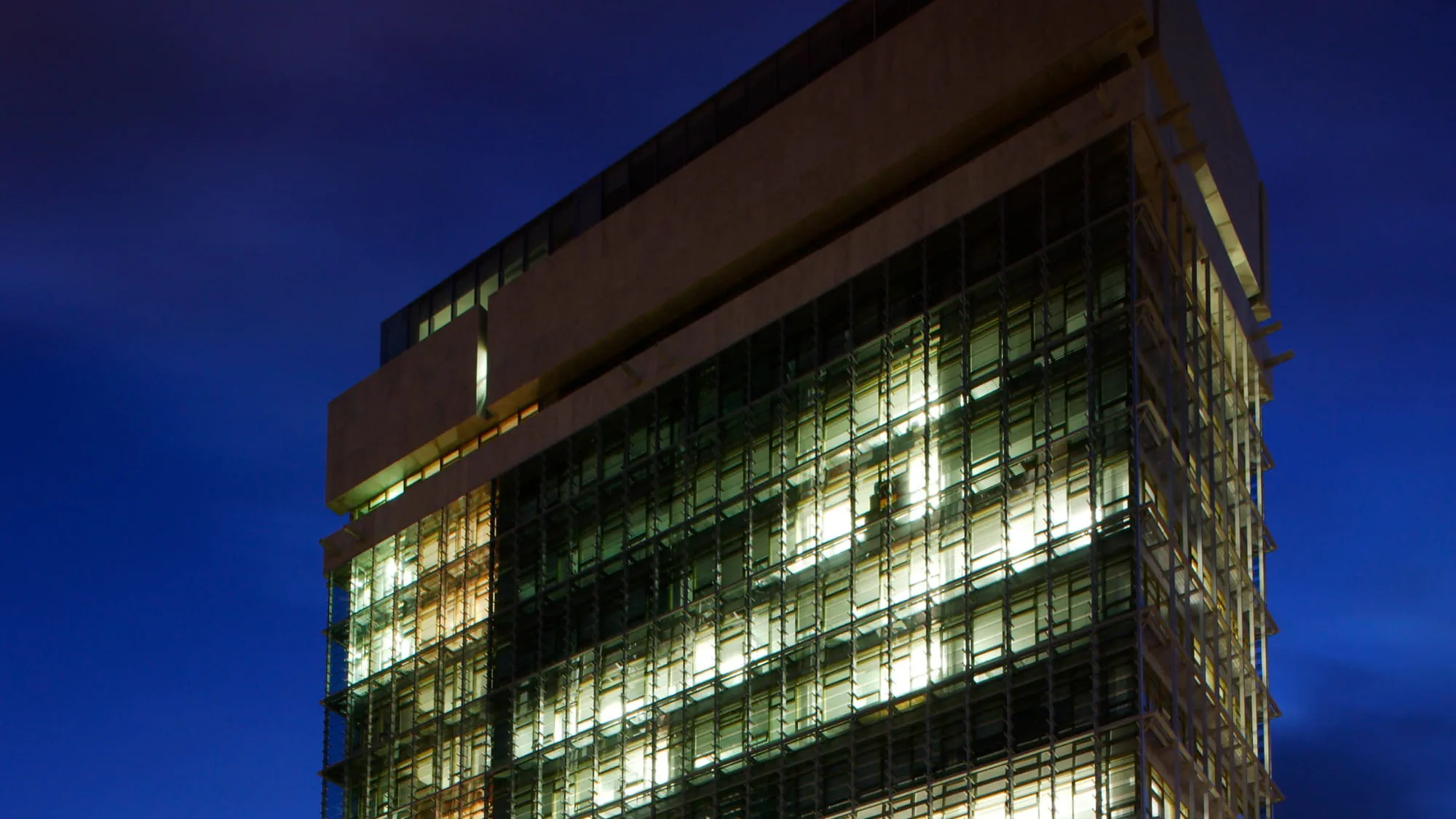 ;
;

